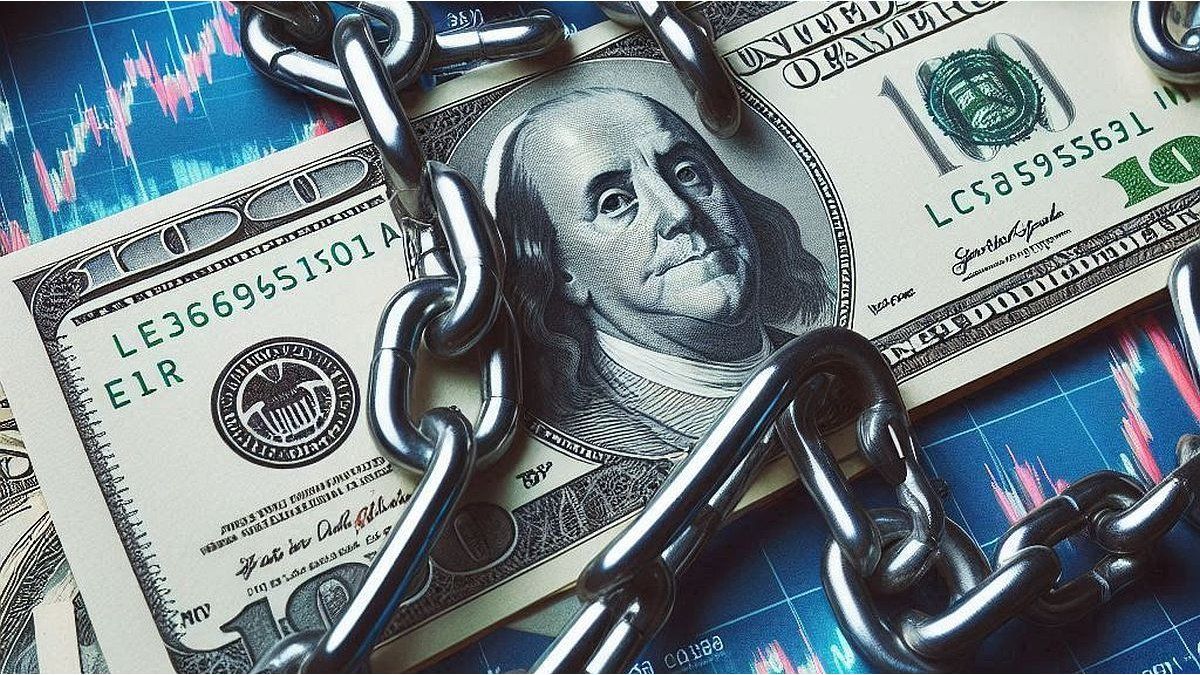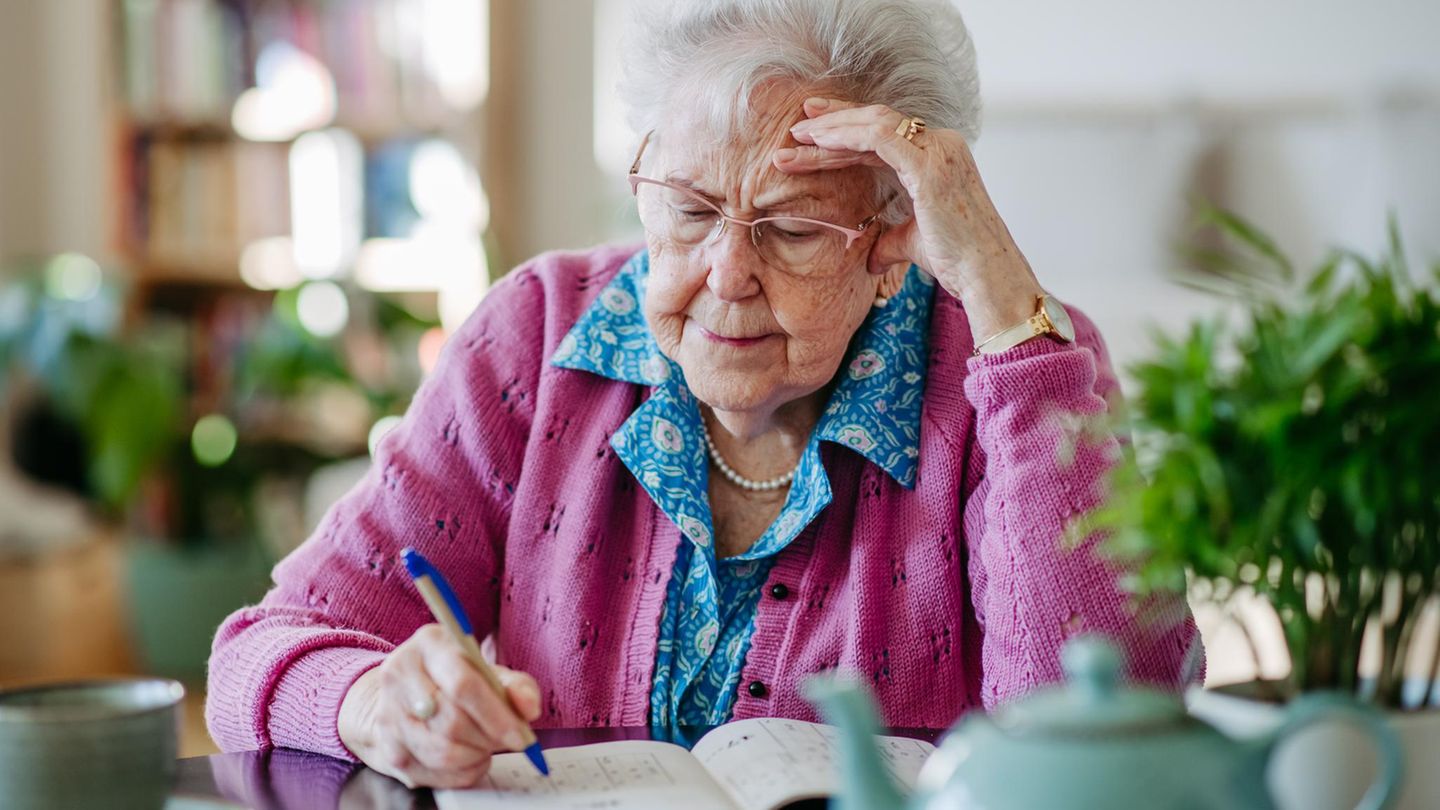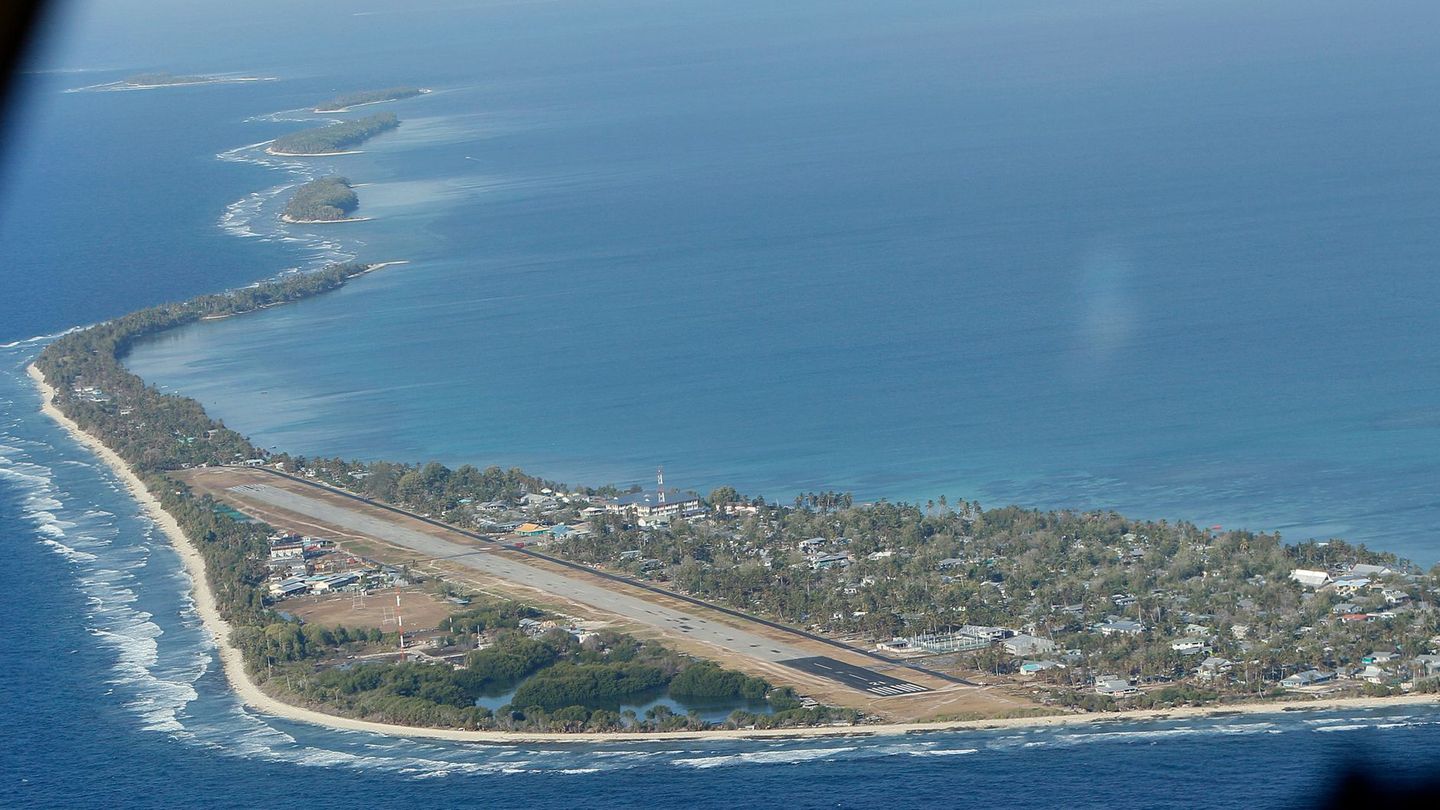That, perhaps, would be a significant requirement, but not as complicated as the implementation of legal changes that allow, for example, that the peso ceases to be the legal tender, so that the dollar can circulate.
In addition to this, the Central Bank must enable regulatory changes for banks, that allow accounting to be kept in pesos and in dollars.
Claudio Caprarulo, director of the consulting firm Analytica puts more emphasis, so to speak, on that “regulations must be adapted, allowing contracts between currencies.” For the economist, it would be a step that the Government would have to take. even more important than getting the dollars needed to lift the exchange rate restrictions.
“What yes I think it’s good, the Government made it clear that taxes will continue to be collected in pesos.. That’s fine,” Caprarulo said. In that sense, he said that If taxes were allowed to be paid in dollars, “it would be dollarization.”
Caprarulo thinks it is more of a normative issue. From a currency perspective, he believes that “They are going to aim to get people to use the dollars they already have.”
The economist believes that the A previous step would have to be the lifting of the restrictions so that a market can be established. You can imagine a person selling a car in dollars. The buyer must be able to access the money without any restrictions.
Likewise, the Analytica economist points out that the consultancy does not see it feasible that in 2024 lift exchange controls.
Setting the stage for lifting restrictions
For his part, the economist Ivan Carrino points out that the Government “seems to be preparing the ground to eliminate the restriction” although it seems that he wants people to continue using pesos.” As long as the barriers to access to the American currency cannot be lifted, It is difficult for there to be competition with the dollar, even in a hypothetical case that the Government achieves its goal of drying up the peso market. to lower the dollar.
Analysts believe that There is no case in the world where an attempt has been made to eliminate an exchange rate gap by “lowering the ceiling”, instead of raising the floor, which would imply a devaluation.
In that case, Carrino suggests that we must see how much the Government would be willing to tolerate lifting the currency controls with a jump in the dollar. Today, a devaluation of between 35% and 40% will have to be implemented. Later, it will probably be less, it is speculated.
The fiscal anchor helps
The other important element that markets look at, which is not linked in itself to the exchange and monetary system that may be put in place, is the fiscal anchor.
The results of the first half of the year, with a fiscal and financial surplus, suggest that the Government will meet its objective. “In this respect, the Government gets a 10,” he said. Martin Poloeconomist at Cohen Argentina. The stock market thinks that by the end of October there could be a devaluation and an end to the currency controls.
As the economist has opportunely raised on social networks Carlos Rodriguez, Currency competition is not used to dollarize an economy, but to do exactly the opposite.
The case of Peru
When Peru implemented the system in 1993, After the constitutional reform of Alberto Fujimori, at first 80% of the economy was dollarized, But then, once inflationary stability was achieved, people returned to sunthe Peruvian currency. Today the proportion is inverse. The 20% that remains dollarized is for long-term savings.
The regime presents no objections to the International Monetary Fund (IMF)so if the Government puts this program on the negotiating table and abandons the idea of dollarization, it is likely that the organization will agree to provide financial assistance. In fact, it is reported that Luis Caputo is trying to negotiate some US$10 billion, which would go to reinforce the reserves, to get out of the currency controls.
History: “bad” coins and “good” coins
Sir Thomas Gresham, 16th century English merchant and financier He postulated that if in a country there is two legal currencies, people will prefer the good oneto the point that at some point you will use one and leave the other. The first would be the good currency and the second, the bad one. That can be said It is the origin of the coin competition that the President began to promote in March of this year.Of course, for him the result is that the “bad” one – the peso – should disappear in favor of the “good” one – the dollar.
It should also be taken into account that In the 16th century, money was what is known as a “commodity.” They were coins made of gold, silver, or alloys containing some noble metal. The quality of the coins that Gresham spoke of did not refer to the State that minted them, but rather to whether they were worth more depending on the type of precious metal they contained.
Source: Ambito




